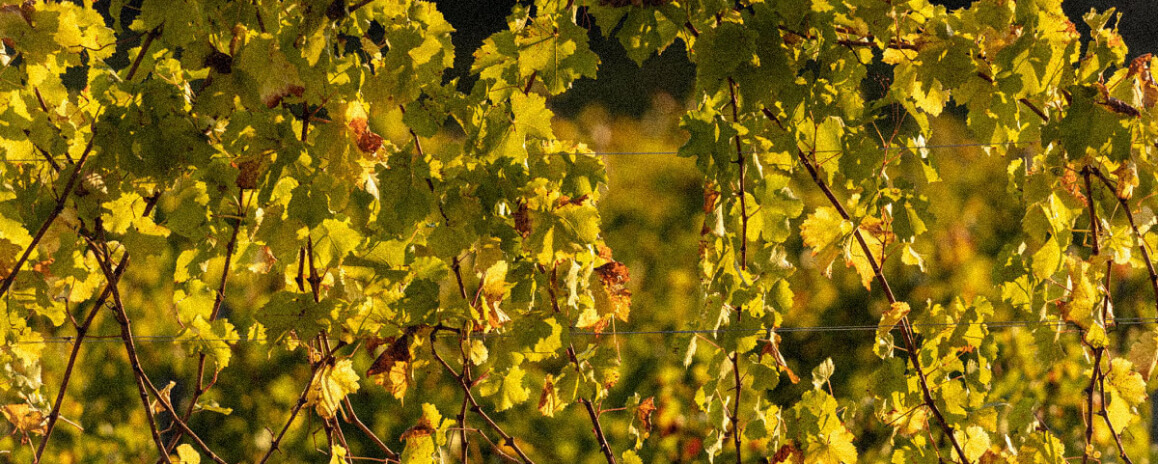The history of viticulture in Italy dates back to Phoenician and Etruscan settlements of the 8th century BCE. When Greek settlers arrived, they gave southern Italy the name Oenotria.
Roman legions are credited with the diffusion of vitis vinifera, the grape vine, throughout the Empire. Planting of vines was considered a reward for conquest, and given the time necessary to grow grapes, it represented intentions of permanence in a territory. After its decline, for several centuries, mostly monasteries as well as various landowners continued production.
During the Renaissance wine production expanded again in our country, and new techniques evolved to stabilise wine and ferment sugar content.
From the second half of the nineteenth century onwards, viticulture and wine gained increasing importance. Since then, techniques of cultivation and production have been greatly improved, through a combination of better regulation of production and new generations of enologi, or winemakers, producing ever higher quality wines – using indigenous and foreign grapes alike.


Recent Comments